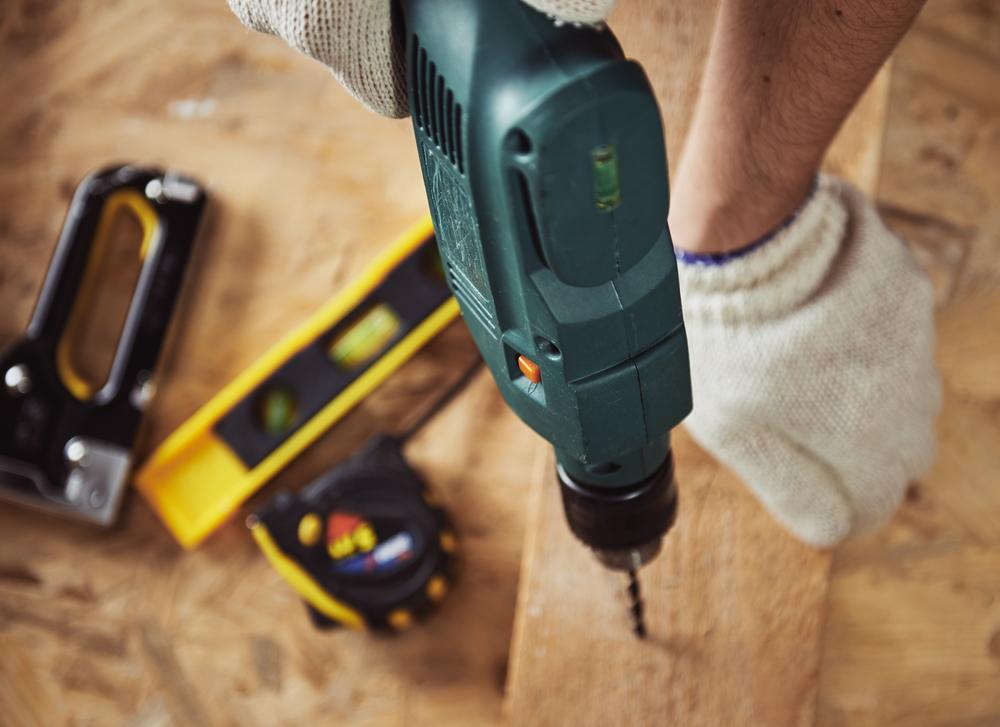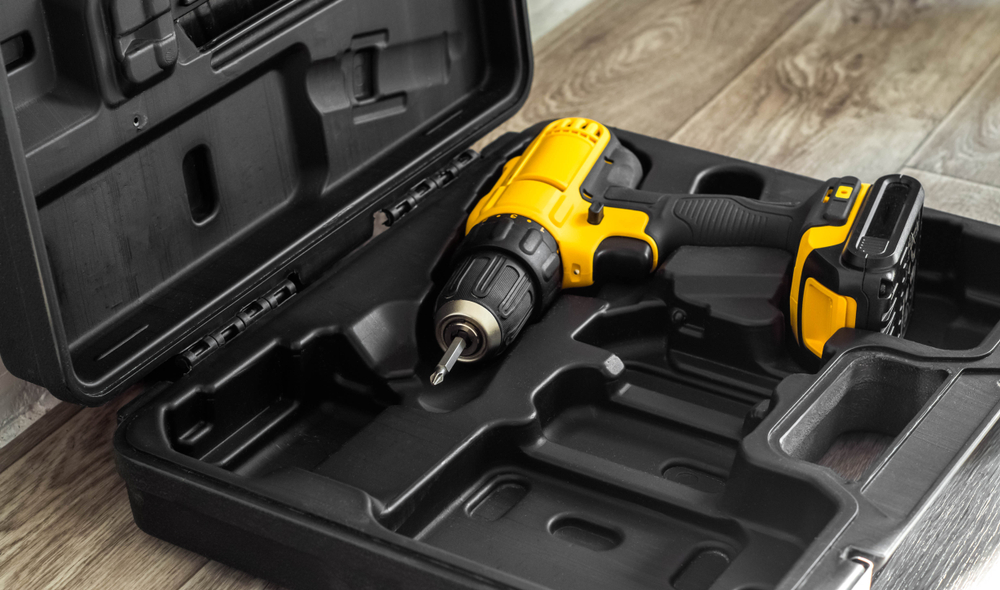Key Tips for Choosing the Right Power and Hand Tools
Learn essential tips for selecting the right power and hand tools, focusing on purpose, quality, safety, and ergonomics. Get guidance to make informed buying decisions suited to your needs, whether for DIY projects or professional tasks. Prioritize safety and efficiency for optimal results.

Essential Guidelines for Selecting Power and Hand Tools
With technological progress, there's an increasing demand for tools that simplify complex tasks. Today’s market offers a variety of power and manual tools designed to optimize efficiency and save time. These tools are tailored to meet different needs, whether you're a DIY hobbyist or a professional builder. Before making a purchase, it's important to understand certain factors to ensure you choose the best tools suited to your requirements and safety standards.
Intended Use – First, determine the purpose of the tools you need. For example, professional carpenters may require high-end industrial tools with advanced features, while DIYers or homeowners may prefer simple power and hand tool kits for light tasks. It’s vital to use the right tools for specific jobs to prevent damage and injuries. Avoid repurposing tools meant for one task for another, such as using a screwdriver as a chisel, as this can cause harm and compromise safety.
Build Quality – Select tools made from durable materials that are slip-resistant and insulated. Don’t rely solely on shiny appearances. If you’re unsure about a tool’s quality, check for relevant safety and quality certifications. Reading consumer reviews on online stores and blogs can also provide helpful insights into a product’s reliability and performance.
Design and Weight – Comfort and ergonomics are crucial when choosing tools. Repeated use can cause discomfort in your wrists, arms, or back, so opt for ergonomically designed tools that distribute weight evenly. Handles should be sturdy and provide a firm grip to reduce body strain, especially during prolonged use.
Electrical Safety – It’s essential to select tools with adequate insulation to prevent heat or electrical shocks. Covering with insulating materials safeguards against burns and electric hazards.
Vibration and Noise Levels – Some power tools generate vibrations and noise, which can lead to numbness, tremors, or hearing loss. Choose tools that operate within acceptable noise and vibration standards to protect your health and ensure safety during use.
In addition to these factors, always prioritize safety: use personal protective equipment such as goggles, gloves, helmets, and ear protection; perform regular maintenance and inspections; store tools properly; and follow correct operating techniques. These steps help reduce injury risks and improve overall productivity.










